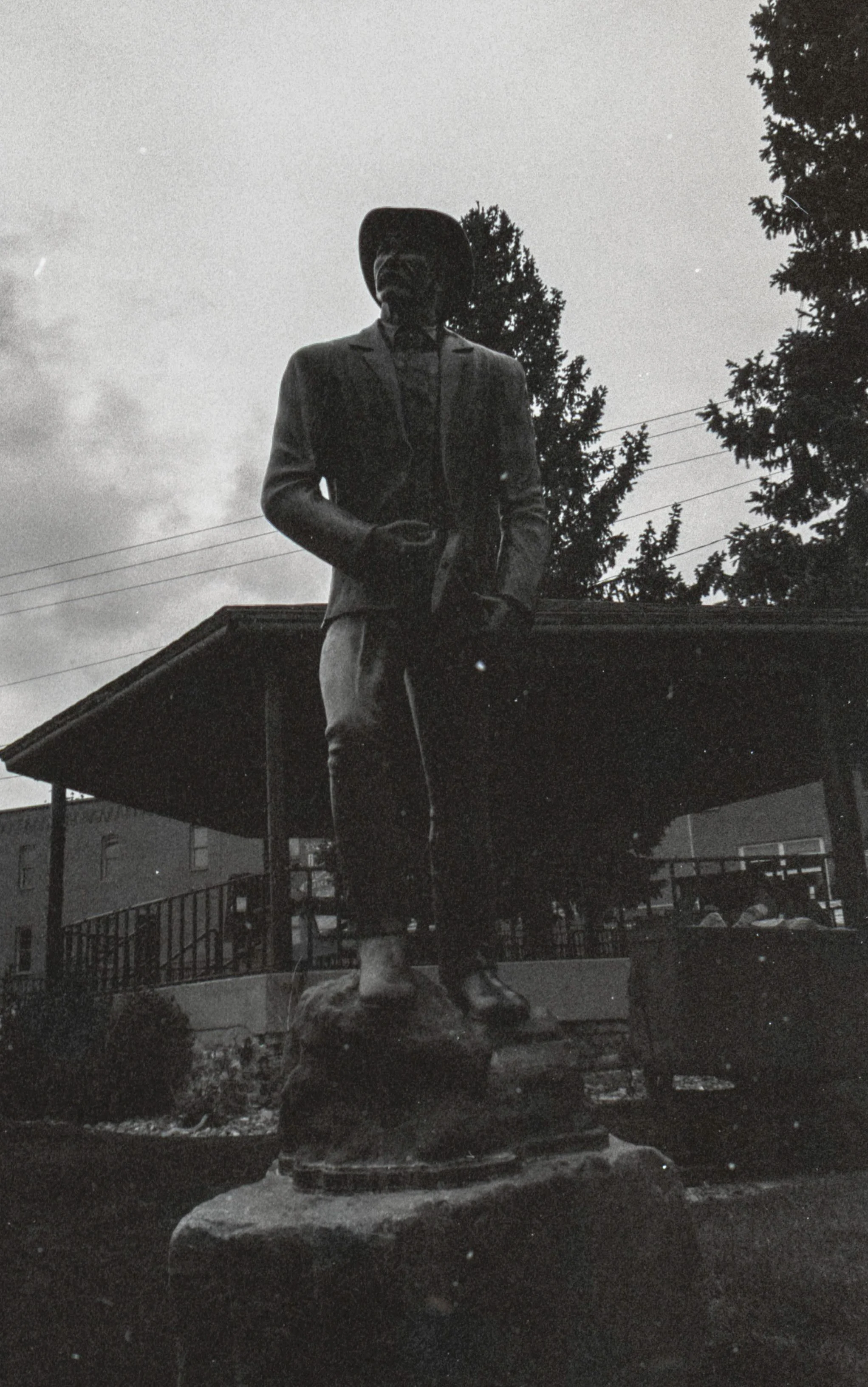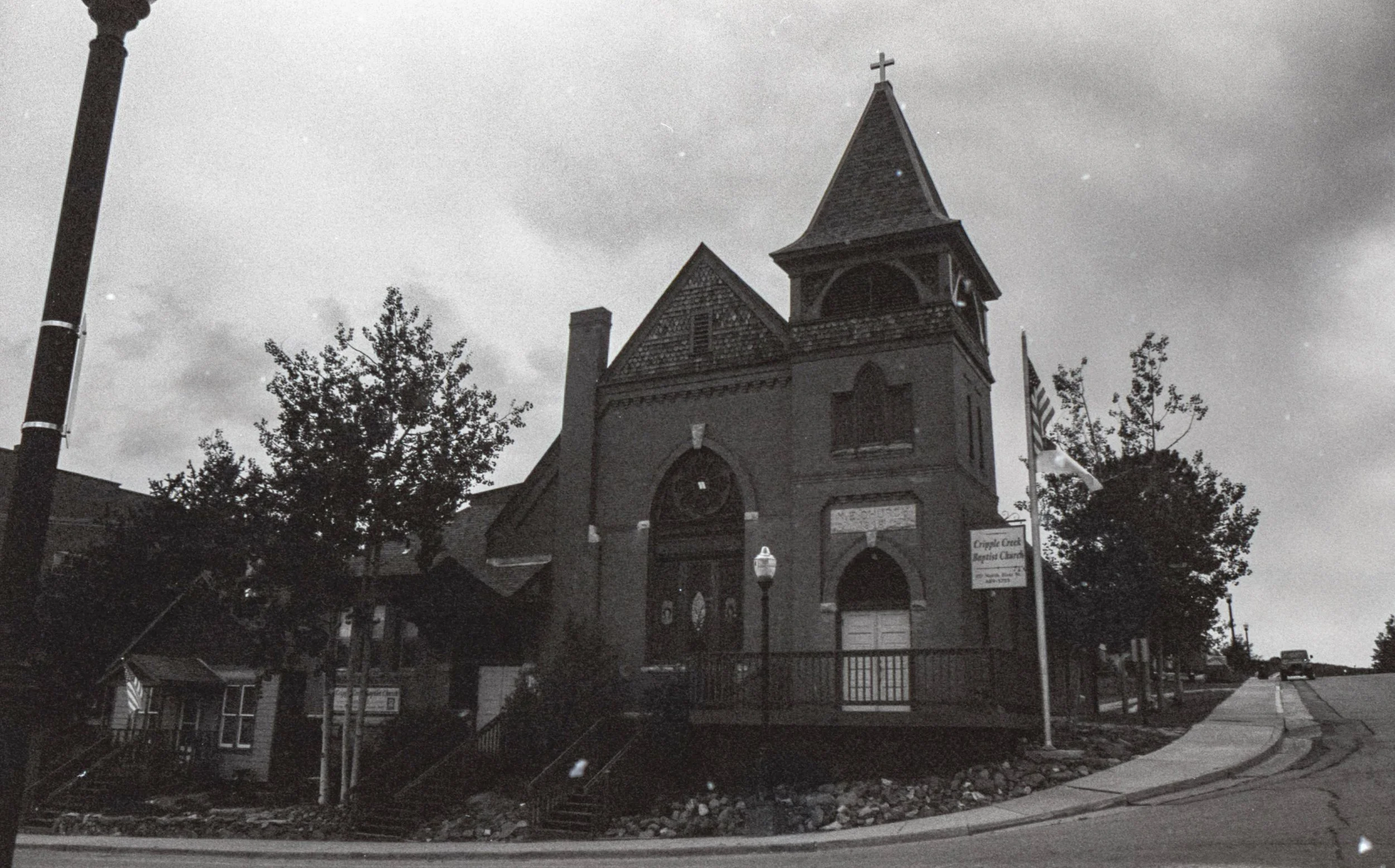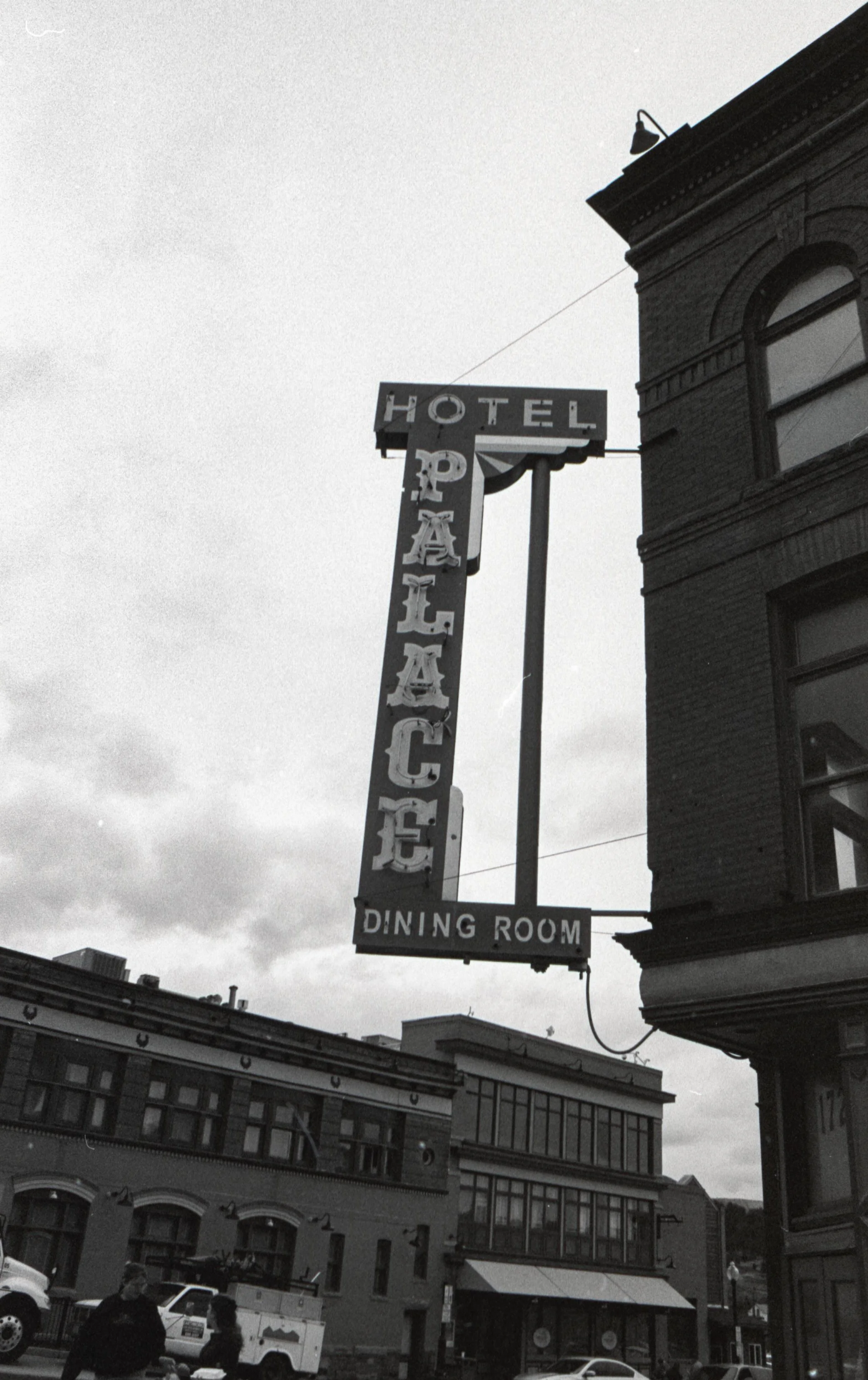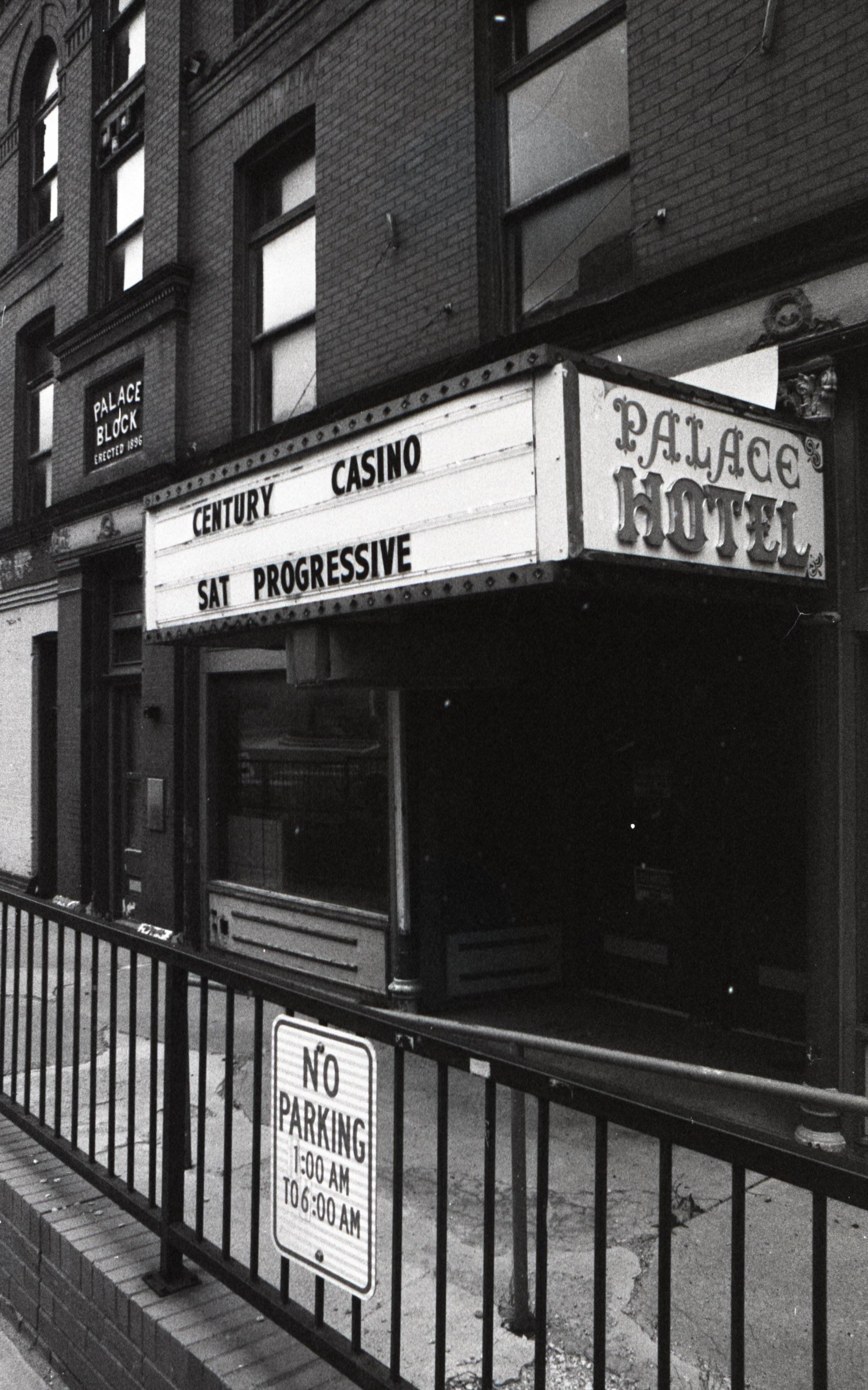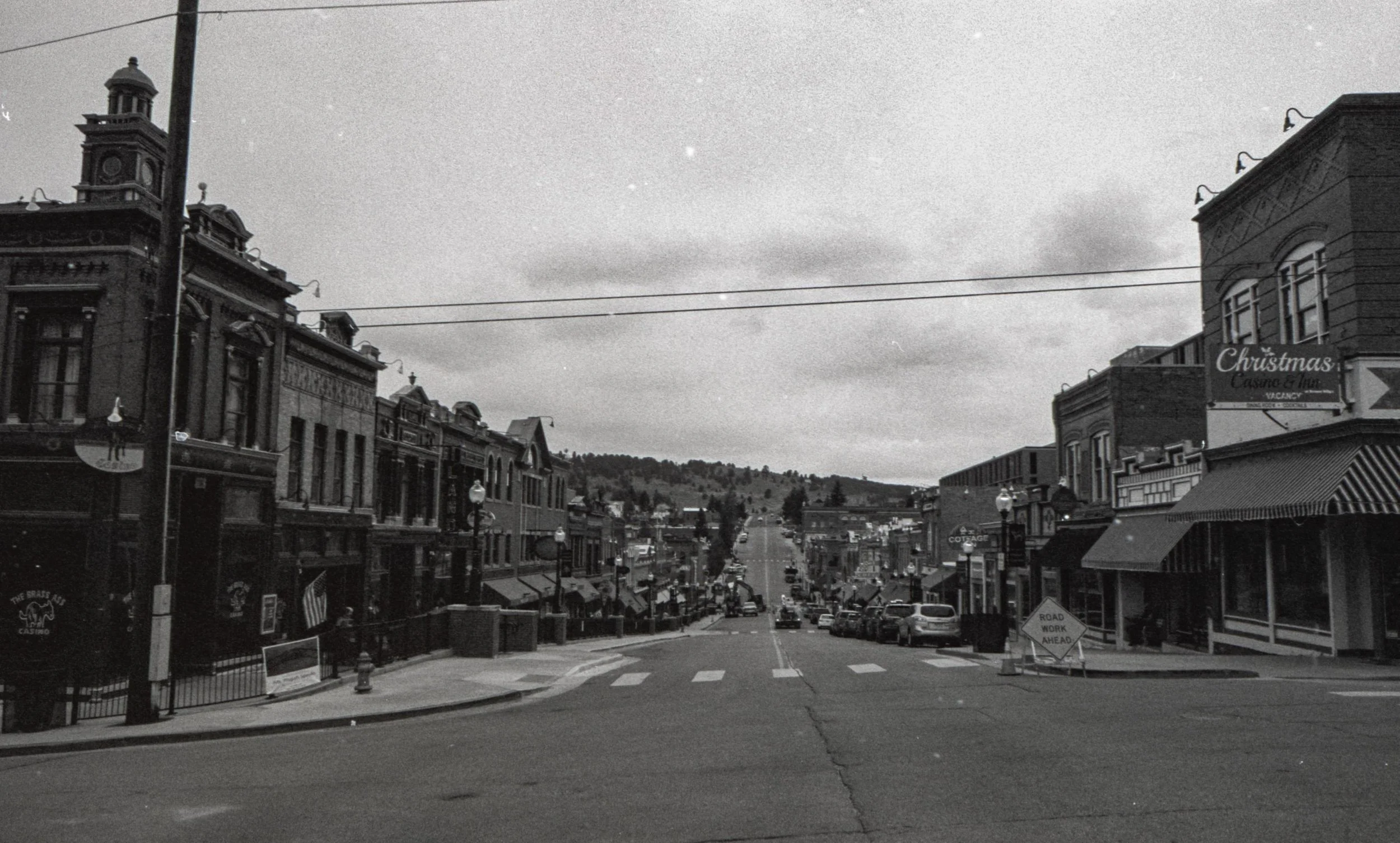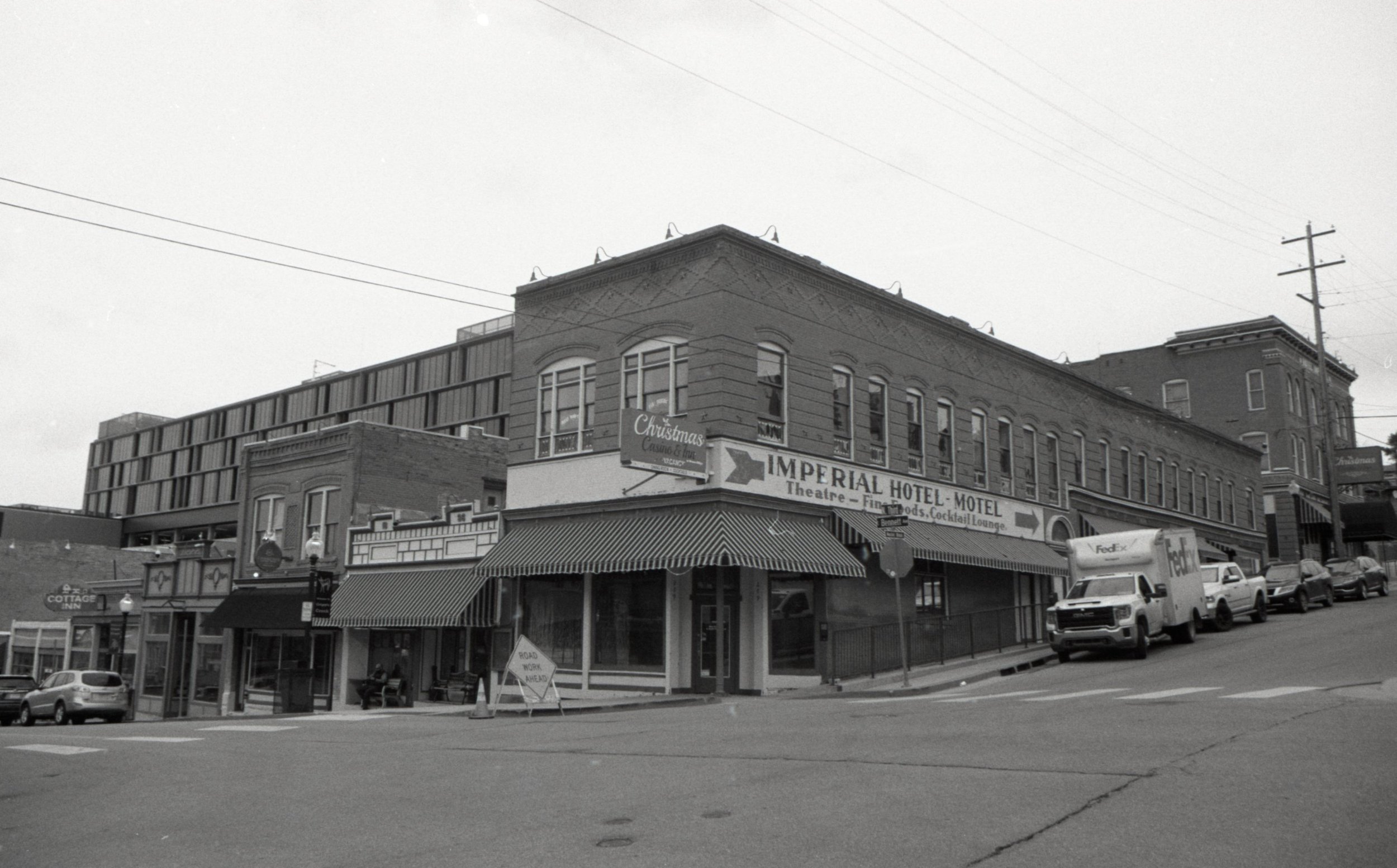
Walking Cripple Creek with a Pentax P30t Camera
This one started with a gifted camera
A week ago, I was at the Scottish festival in Estes Park, Colorado. While there, I started an enjoyable conversation about tourism photography with Kathie Snyders, the wife of the chief for the Clan Sutherland Society of North America. She’d spent quite a bit of time in Scotland, and it also turned out that she is a travel agent and owner of the A Happy Place travel agency. She’s an expert in curating cultural experiences in European locations, and she was very engaging in our photography conversation.
She was showing me pictures while discussing just how photogenic Scotland is when the subject of film photography came up. As I was talking about my enjoyment of all things film, she mentioned that she had an old Pentax 35mm camera she didn’t use anymore. Then she asked me if I wanted it.
“Yes, I do.”
So, she gave it to me. Yesterday, I jumped into the car and drove the hour drive to meet up with her. When I arrived, she offered a box with a Pentax P30t body, a zoom lens with a focal length of 80-205mm, and two prime lenses at 28mm and 50mm. The 50mm was an actual Pentax lens, and a Super Multicoated one at that. If you know Pentax, you know that they well-known for their lens coatings. It’s also an M lens, so it has an all metal barrel, as opposed to the plastic used for later A versions.
As to the camera body itself, I found in my research that the P30t is thought of as the last of the great manual focus bodies introduced by Pentax for consumers. It was introduced in 1990 and was in production for seven years. In use, it determines ISO automatically using a DX reader, can be operated in either manual or aperture priority mode, and is a durable-yet-lightweight plastic construction. It’s very comfortable in the hand, with a perfectly sized finger grip ridge on the front shutter release side and another for the thumb on the back.
After picking up the camera, I loaded it up with Arista EDU 400 film and hit the road. Now, Arista is a student-grade film, so it isn’t the sharpest or most contrasty. But I love the grainy character of it, especially in the little 35mm format. I took a couple of quick on-the-road pictures and then drove into Cripple Creek. The day was pretty darn cloudy with some occasional light rain sprinkles, so the late morning sun was not a factor. Arista film does not have a DX code on the cartridge, so I took a couple of quick light readings with an iPhone app, dialed in the settings, and then I started snapping.
The Chamonix and Golden Nugget haven’t yet developed Cripple Creek out of its historic character and beauty. So, after a really fun time with the camera, I hope you enjoy the results.

